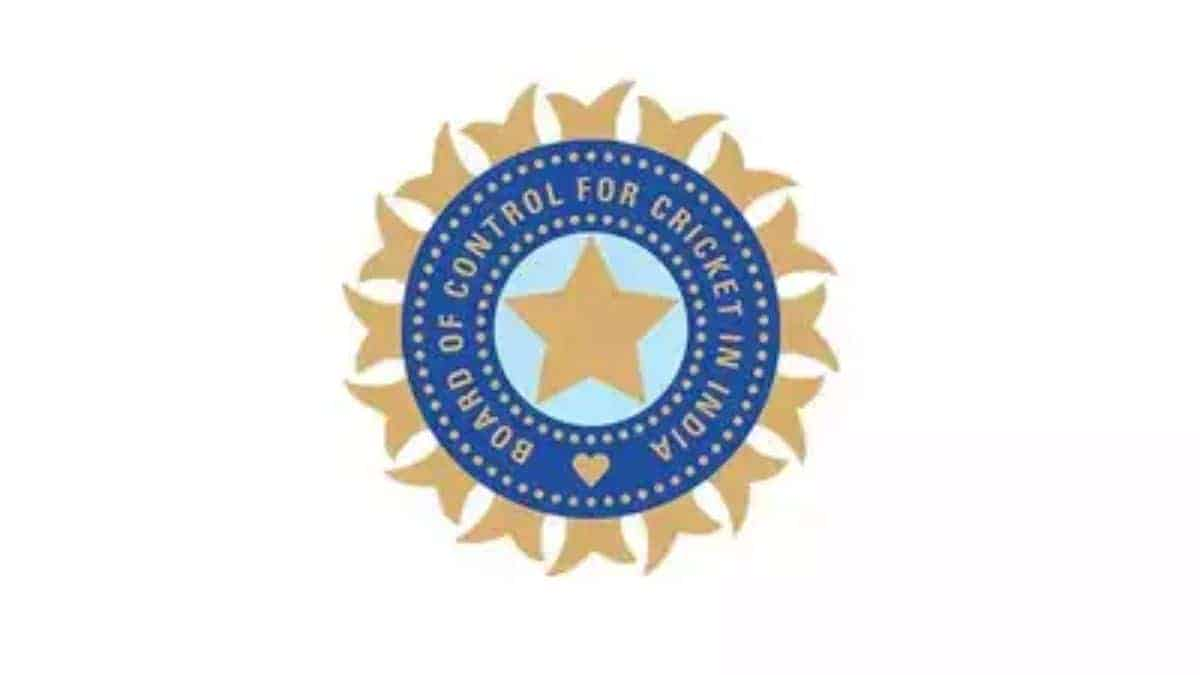The history and formation of BCCI

The governing body for cricket in India, headquarters in Mumbai at the Wankhede Stadium. It is an autonomous organization and does not come under National sports federation of India.
Formation
The board was formed in December 1928, registered under the Tamil Nadu Societies Registration Act. It is a consortium of state cricket associations, and the state associations select their representatives who in turn elect the BCCI president. Grant Govan was the first BCCI president and Anthony De Mello was the first secretary.
There are three international cricket teams which represent India on the international platform, India men’s international team, India women’s international team and India U – 19. The board does every planning and fix the schedules for each of the teams.
The BCCI is the richest cricket board in the world and is also part of big three international cricket along with Cricket Australia and England and Wales Cricket Board.
History
A constructive decision was reached to create a board for control of cricket in India and on 10 December 1927, a unanimous decision to form a provisional board of control was taken. In December 1928, the BCCI was formed and the Indian team toured England in 1932.
After the unexpected victory in the 1983 World Cup, the BBCI bid for the 1987 World Cup and successfully organized it, showed the organizational capabilities of the board.
Mohammad Azharuddin, former captain was banned from International cricket for match fixing in the Pepsi Cup match in 1999, Ajay Jadeja and Nayan Mongia were also involved with him.
The biggest game changer for the BCCI was the establishment of the Indian Premier League (IPL) in 2008, it is one of the biggest cricket league and sports league in the world, it is organized every year in the summer.
The current BCCI president is Sourav Ganguly, Rajeev Shukla as Vice President and Jay Shah serving as the Secretary. The board has 40 memberships.


